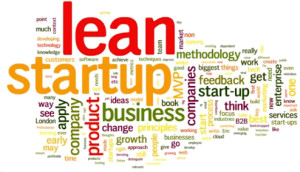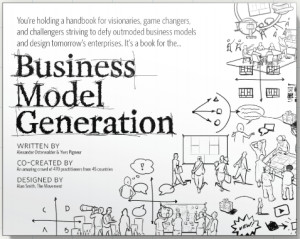
Instruction Videos Coming Soon
Problems w/ Technology Push
Traditional new product development regularly falls into the bad habit of ‘technology push’, often without intending to or even while trying to avoid this pitfall. Unfortunately, organizations get trapped by the perspective that they sell products and services and forget that they need to focus on creating value for customers. Similarly, research and development, particularly in the university setting, often becomes unduly focused on overcoming technological challenges. Scientists, and the organizations they work in, often forget that technology only has an impact when it proves more capable of accomplishing customers’ jobs than available substitutes and, furthermore, when an appropriate business model is utilized such that barriers to adoption are minimized.
Problems w/ Market Pull
Although it is widely recognized that ‘market pull’ is critical to building successful commercial solutions, customer-centrism is also not a panacea. Modern customer-centric approaches like design thinking can lead to homogeneous solutions and a lack of competitive advantage if they ignore an organization’s differentiated capabilities. This is not innate to these perspectives but has become common as they are misapplied by naive users. For example, the website of IDEO, often considered the original design thinking consulting firm, highlights: “All of IDEO’s work is done in consideration of the capabilities of our clients and the needs of their customers.”
Blended or Iterative Approach
Unlike many traditional approaches, Innovation Cartography is a blended or iterative approach that is technology- or competency-driven, yet customer-centric. It brings together your organization’s technologies and unique capabilities with a deeper understanding of users/customers to create a unique approach to technology commercialization, new product development, and entrepreneurship. Quite simply, Innovation Cartography is a structured approach to exploring adjacencies and White Spaces and is an example of an Epicenter of Innovation as described in the book Business Model Generation. Furthermore, our Innovation Cartography approach is intended as a complement to existing approaches such as StageGate and Lean Startup as it provides a structured approach to identifying and selecting starting points as well as pivots.
Phase 1

Phase 2

Phase 3


Specific Applications of Innovation Cartography
Industrial R&D Companies & Other Organizations
For any organization the Innovation Cartography approach can help identify new sources of revenue based on existing competencies and differentiated technological, production, or other capabilities. For industrial R&D companies the process can improve the effectiveness and efficiency of R&D by identifying irrelevant technologies earlier in the process while increasing the impact of remaining development efforts. Finally, the Innovation Cartography process can help facilitate open innovation by creating a forum and real-world challenge for partners to collaborate on.
Entrepreneurs
The Innovation Cartography approach is designed as a complement to Lean Startup approaches. Our process helps entrepreneurs or innovators evaluate their starting point in comparison to other options they may not have considered. Furthermore, it helps systematically explore available options when they make pivots or restarts. The first part of the Innovation Cartography process in which we explore adjacencies is slightly more relevant if an entrepreneur or inventor has a technology or some other unique and differentiated capability, resource, or partnership to build off of. However, even entrepreneurs that have not yet developed their solutions can sometimes benefit from exploring adjacent problems and opportunities. In addition, the second phase of the process which looks at business models and go-to-market strategy is relevant to any entrepreneur.
University Technology Commercialization
Our Innovation Cartography approach is designed to overcome the ‘valley of death’ challenge by transforming the overall process of university research and commercialization. Traditional models tend to rely on scientists creating new technologies and securing rounds of research funding until they can show technical effectiveness. At this point the technology is passed to the Technology Transfer Office so it can be protected and so commercialization avenues can be explored. Our approach transforms this model by incorporating customer insights earlier in the process, by training scientists in the relevant business perspectives, and by encouraging inventors to consider a broad range of alternatives at the earliest stages of development—including both alternative customer jobs as well as business models by which the technology will be delivered. As a result, scientists spend time working on problems with a greater likelihood of commercial success and irrelevant technologies are identified earlier in the process.
University Engineering Senior Design Projects
A specific university program that can be significantly enhanced with the Innovation Cartography approach is Engineering Senior Design Projects. Senior design offers a tremendous potential for creating technology-based new ventures. However, at many universities senior design teams work on concepts that have little to no chance of commercial success. This can be resolved by having Senior Design Teams work through the Innovation Cartography approach to evaluate the potential of identified technology applications. In addition, this approach can help engineering senior design teams identify new applications that leverage existing technologies either from within the university or from external sources like NASA or NIH.
Other Relevant/Related Perspectives
White Spaces

Lean Startup

Epicenters of Innovation



